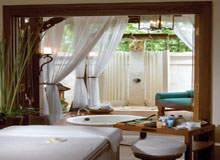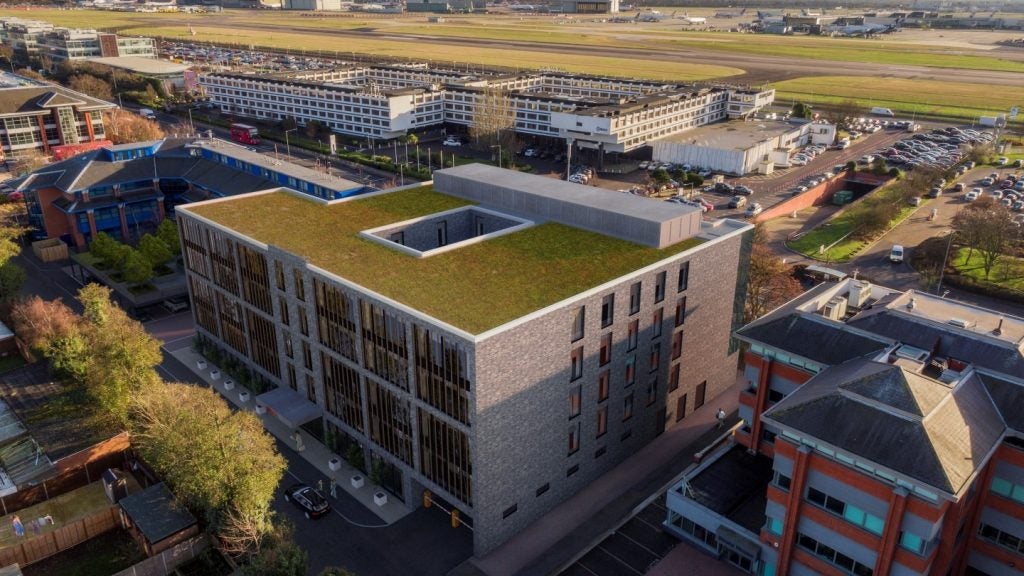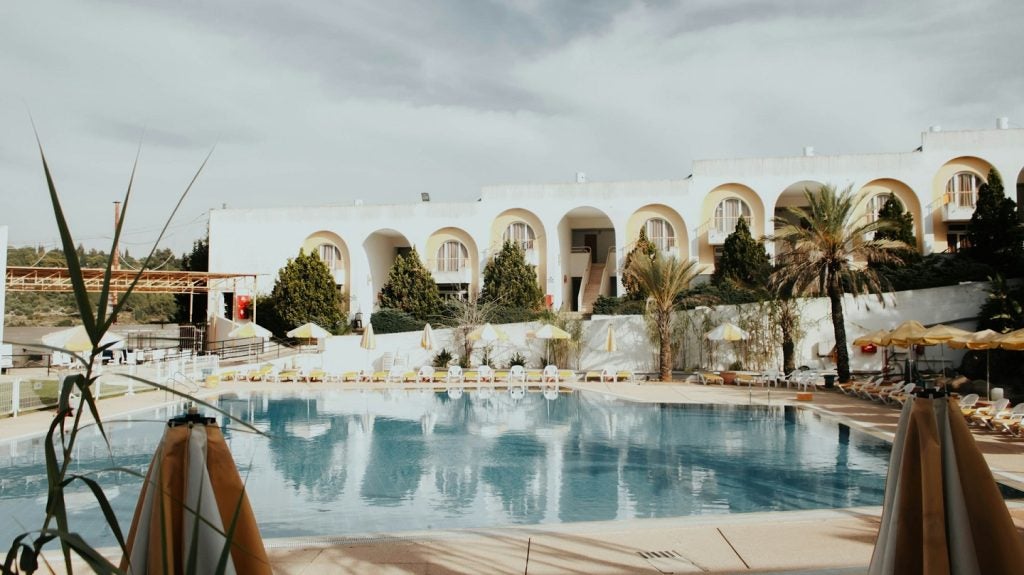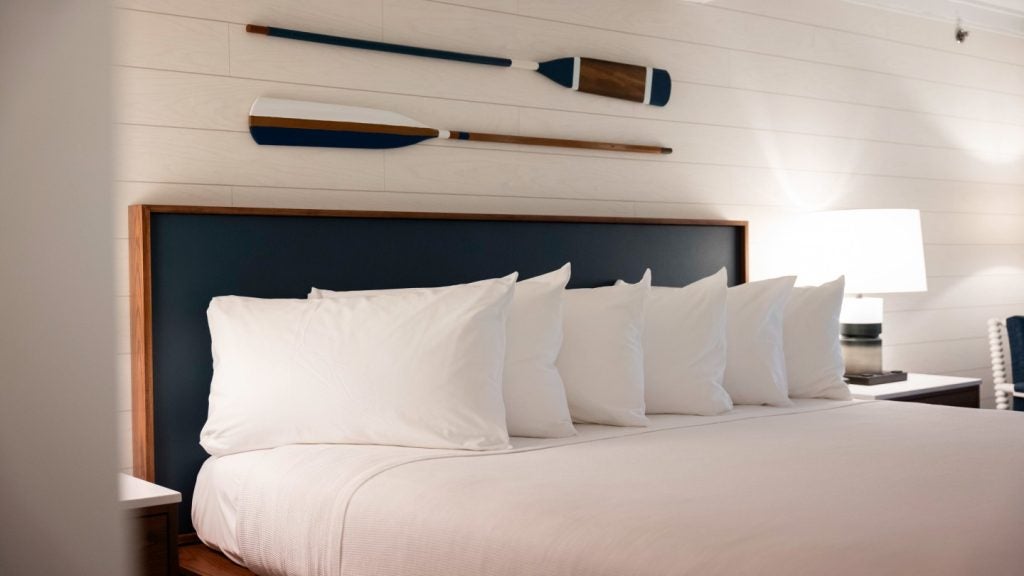
For the past two years Starwood Hotels and Resorts has been working hard behind the scenes to re-evaluate its hotel brands and business strategy after customer surveys revealed that the group was suffering from an identity crisis.
Although profits were high and customer satisfaction good, guests found it hard to clearly articulate their hotel experience. So, when the former head of Coca-Cola, Steve Heyer, was appointed CEO of Starwood in 2004 his skills as a brand builder were immediately put to work.
The Starwood group owns, leases, manages or franchises 845 hotels with 258,000 rooms under the Sheraton, Four Points by Sheraton, Le Méridien, Luxury Collection, St Regis, W, Aloft and Westin brands.
AN EMOTIONAL EXPERIENCE
Heyer presented his strategy publicly in New York earlier this year, saying: "We are committed to connecting emotionally with our guests through brand-specific innovation and the creation of memorable experiences, resulting in the cultivation of loyalty for Starwood brands."
Starwood UK senior vice president Michael Wale explains: "There had been a focus on real estate at Starwood for the previous seven years and our view was that in order to continue growing we needed to go forward, and here was this great opportunity."
How well do you really know your competitors?
Access the most comprehensive Company Profiles on the market, powered by GlobalData. Save hours of research. Gain competitive edge.

Thank you!
Your download email will arrive shortly
Not ready to buy yet? Download a free sample
We are confident about the unique quality of our Company Profiles. However, we want you to make the most beneficial decision for your business, so we offer a free sample that you can download by submitting the below form
By GlobalDataWith a view to moving away from product innovation, price-based competition and bed wars, the brief was to create an ’emotional connection’ with guests.
Wale says: "We have been working with Scott Bradbury, author of Brand New World, who has worked for Starbucks and NIKE. He is helping us create differentiated brands to take us forward. Maybe before our brands were in a little bit of a grey area. When we asked someone to define Sheraton, we were hearing many, many things; there wasn’t a consistent message in terms of what it was."
In 2004, Starwood began to gather customer research and data on branding from guests and carried out interviews internally and with key stakeholders. Wale says: "From there we did a deeper dig and explored people’s feelings about travel and their needs across the five key continents to ensure our research would meet needs globally."
ESTABLISHING A DEFINITIVE IMAGE
Each brand was assigned its own team with a general manager who developed three key words to summarise it. Wale adds: "A brand needs to be able to be described in three words; so, for example, for Sheraton that is now warm, comforting and connection.
"The Sheraton guest wants to be connected, to always be in touch, so in a strategic partnership with Yahoo! we have set up social areas with free connection to the world." On arrival at a Sheraton hotel guests also receive a stamped postcard to send home.
Westin’s key words – personal, instinctive and renewal – have been reflected in the welcome pack with a cool towel in the summer and an ‘elixir’ drink to refresh weary travellers. Wale explains: "It’s a service programme essentially, about how to make guests feel more comfortable and relaxed."
On arrival at a Westin, guests will recognise it as a Westin at a subconscious level as all the hotels are infused with a white tea scent. In addition, Starwood is working with the music industry to develop an individual musical style for each of the brands.
With the three magic words established, Starwood then set about developing the brands and integrating them into the hotels. During 2006, one of the most vital stages of the project is taking place – training all 225,000 employees in the new philosophies.
"It’s about how the employees will deliver the service in the voice of the brand, and if all the employees think this way, the customers will notice it very quickly," Wale explains.
"It’s about the way people think. For example, if a guest is checking out at lunchtime and they have a car booked, it’s about putting a sandwich, bottle of water and piece of fruit in the car because they are obviously going to miss lunch.
"The key to the exercise is not about infusion of capital – it’s all around the service and leadership and training, and by the end of 2006 we will have that in place.
"The guests have already started to notice something different and the customer response has been fantastic. By 2007 we should really start to see the needle changing on the customer service index."
Effective branding should also help direct customers to Starwood for internet bookings, which now account for at least 25% of business.
EXTENDING THE BRAND
Brand building is only part of Starwood’s business strategy for growth. The group has aggressive development plans for Aloft, its newest brand in North America, with between 30 and 50 new hotels planned during the next three years.
Wale describes Aloft as having the DNA of a Westin while being aimed at the middle market. He says: "We want to see it reinvent the middle market and take our market share from competitors because we think people are bored with what is traditionally on offer. Our new brands are resonating well with the development community so that is another positive for us."
Le Méridien, the group’s first European brand, is also seen as a new development growth vehicle, under the wing of Wale, with 60 new hotels planned for North America.
Across its brands the group expects to sign 150 new hotel contracts in 2006 and is anticipating 5 to 7% net annual unit growth until 2009.
"I have been in the business for 30 years," reflects Wale, who joined Sheraton as a graduate trainee, "and I have been involved in different things and different processes, but to me this is right. Now we are very much going in the right direction."







